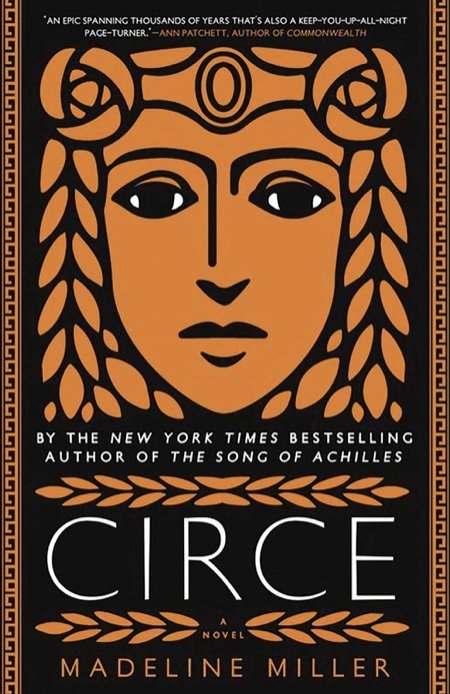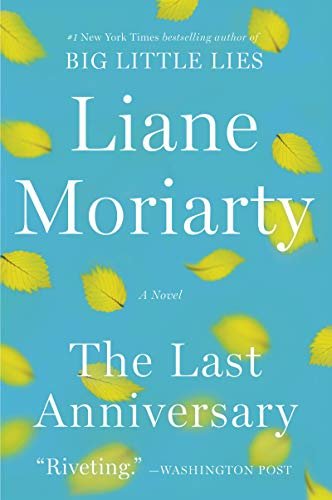“Circe” transports readers to the world of Greek mythology, offering a fresh perspective on the character of Circe, a lesser-known enchantress who appears in Homer’s “The Odyssey.”
The novel explores her life, struggles, and transformation from a lesser deity to a powerful sorceress.
| Title | Circe |
| Author | Madeline Miller |
| Publisher | Little, Brown and Company; First Edition (April 10, 2018) |
| Language | English |
| File Format | |
| Number of pages | 400 pages |
| Customer Reviews | 4.6 out of 5 stars 72,917 Reviews |
see also – Nine Princes in Amber Novel summary by Roger Zelazny
Circe Novel summary by Madeline Miller
Circe is born as the daughter of Helios, the sun god, and the nymph Perse.
She is an outsider in the divine world of the Titans and Olympians, often overshadowed by her more glamorous siblings.
She discovers her gift for witchcraft when she realizes her ability to transform objects and people with the use of herbs and spells.
Her journey takes a significant turn when she falls in love with Glaucos, a mortal fisherman.
When Glaucos rejects her love in favor of another woman, Circe, in a fit of jealousy, transforms her rival into a sea monster.
This act leads to her banishment to the island of Aiaia by Zeus, the king of the gods, as punishment for her actions.
On Aiaia, Circe hones her magical skills and becomes a formidable sorceress.
She encounters various mythological figures who seek her assistance or pose threats, including Odysseus, who becomes one of the most prominent characters in the novel.
Her interactions with these figures, including Hermes and the Titan Prometheus, shape her understanding of humanity, power, and morality.
The novel delves into themes of transformation, identity, and the struggle for autonomy.
Circe’s growth as a character is marked by her ability to confront her past mistakes, form genuine connections, and find her own sense of purpose.
“Circe” also explores the complexities of motherhood as Circe becomes a mother to Telegonus, her son with Odysseus, and grapples with the challenges and responsibilities of parenthood.
see also – Sing, Unburied, Sing Novel summary by Jesmyn Ward
Read Circe Novel summary by Madeline Miller
Conclusion
Madeline Miller’s “Circe” weaves Greek mythology with feminist reimagining, adding depth to a character often seen as one-dimensional.
“Circe” envelops readers in vivid storytelling, tracing Circe’s path from rejection and exile to self-discovery and empowerment with nuance.
It is a story of resilience, transformation, and the enduring quest for one’s place in the world.
FAQs
Yes, “Circe” is based on Greek mythology, and it draws heavily from the original myths and characters.
“Circe” is a standalone novel and does not require prior knowledge of Madeline Miller’s other works.
“Circe” explores a range of themes, including transformation, identity, female empowerment, motherhood, and the complexities of human and divine nature.






